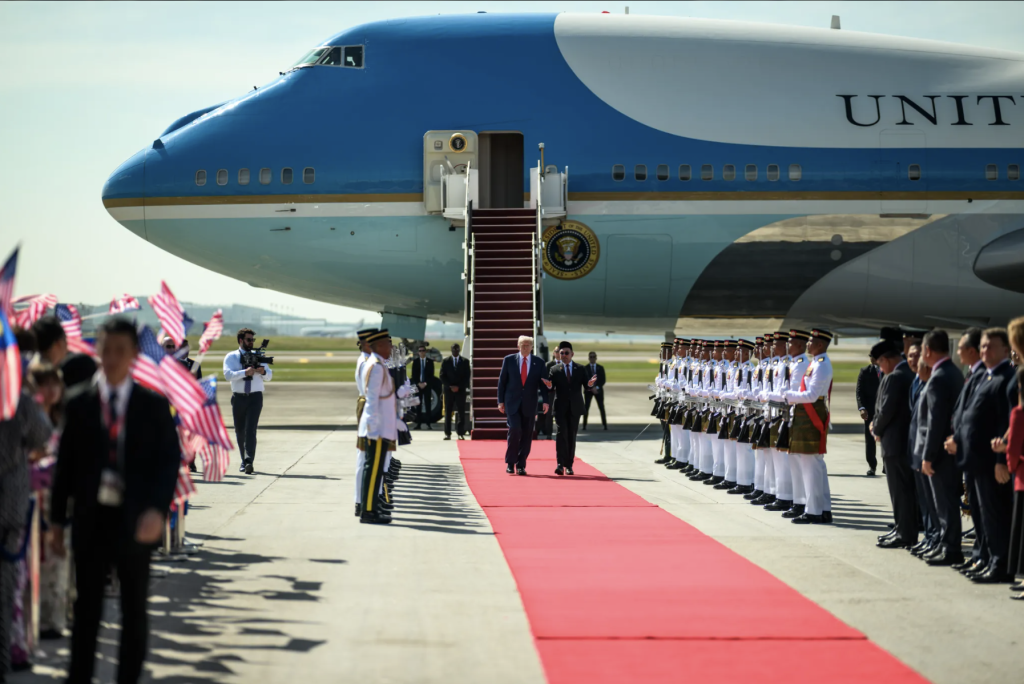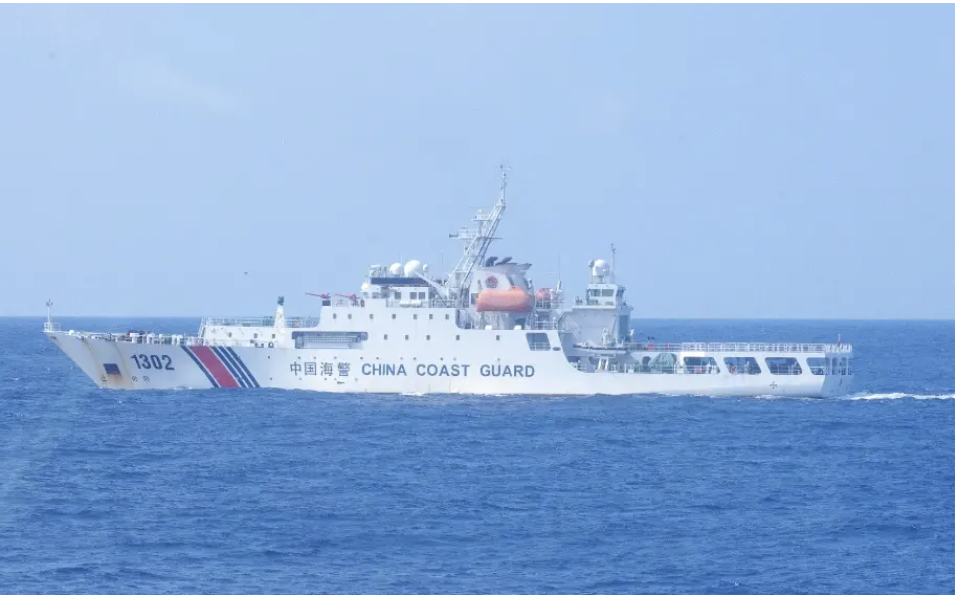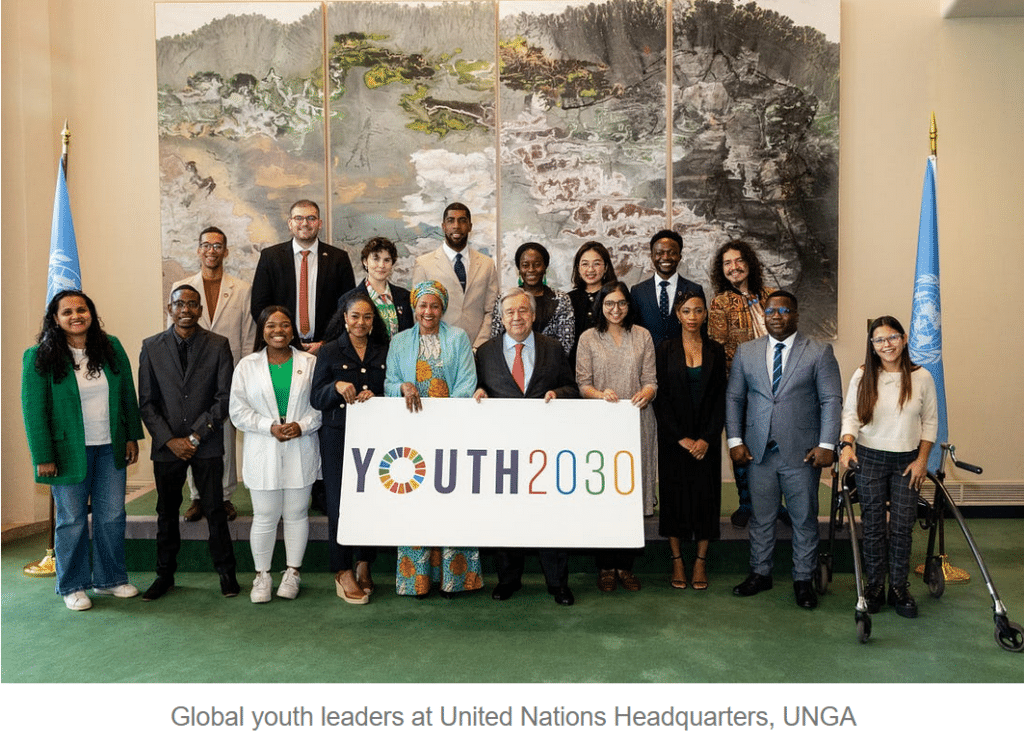Speaking from a Position of Strength: Chinese Scholars on China’s Grand Strategy
The Chinese Communist Party (CCP) officially celebrates its 100th anniversary today, touching off celebrations in Beijing and beyond, as well as historical reflections by scholars around the world. In observation of this weighty milestone, the venerable Foreign Affairs magazine examined China’s rise and current trajectory in its latest issue, titled Can China Keep Rising.
Among the seven, insightful China-focused essays in the issue, two were written by Chinese scholars—foreign policy doyens professors Yan Xuetong and Wang Jisi. They each offer important insights into the calculus of Chinese decision-makers, and key divergences in their analyses highlight the continued vibrancy of foreign policy debates in China despite President Xi Jinping’s efforts to restrict these discussions. Yet, each fails to persuade in some respects: Yan in his presentation of sovereignty issues, and Wang in his policy recommendations.
Dr. Yan’s Foreign Affairs essay, “Becoming Strong: A New Chinese Foreign Policy,” outlines how China’s improved position relative to the United States has changed Chinese foreign policy. Yan is the Dean of the Institute of International Relations at Tsinghua University, one of China’s top universities. He previously did a stint at the Chinese Institutes of Contemporary International Relations, an influential think tank advising the Ministry of State Security, China’s external intelligence agency. Yan’s academic work studies the Warring States period of Chinese history (c. 476 BC to 221 BC) and argues that states should use moral leadership and “humane authority” to achieve domestic and international success. This prescription envisions China ascending to the top of the global pecking order—but through the power of its example rather than force of arms.
Yan’s essay opens with a somewhat optimistic take about the overall course of U.S.-China relations, asserting that competition will be “far less dangerous than all-out, Cold War-style competition.” Yan believes that competition will not be systemic or ideological, and will instead resemble a “race, not a boxing match,” since neither side has “intention of destroying or permanently changing the other.” There is truth in this assessment. Yan adroitly argues that China does not intend to spread its governing model globally and is, instead, primarily focused on countering the appeal of universal Western values. This suggests that China’s export of authoritarian-enabling technologies—problematic though it is—may not present a unified and fully calculated challenge to democracy.
However, Yan’s uncompromising stance on sovereignty and human rights issues undermines his appeal for non-systemic competition. Yan himself notes that the Chinese government “considers any sanctions or criticism of its policies as interference in its internal affairs.” This remarkably thin-skinned approach has led Chinese diplomats to publicly criticize European academics and even levy retaliatory sanctions against a German think tank for “maliciously spreading lies and disinformation” in their research on human rights abuses in Xinjiang. Regrettably, Beijing appears unlikely to reconsider the costs of lashing out, even after its sanctions prompted the European Parliament to vote to freeze consideration of a landmark investment deal with China. Yan even states in his piece that coalitions on human rights issues only fuel “secessionists” in Hong Kong, Taiwan, Tibet, and Xinjiang—deceptive terminology that the CCP uses to justify its hardline position on “sovereignty” issues.
Yan also betrays the Chinese government’s deep concerns about U.S.-led multilateral initiatives in this essay. He criticizes “exclusive multilateralism,” which he claims China considers “the most serious external threat to its political security and the biggest obstacle to its national rejuvenation.” This reference to “issue-based coalition[s]” likely alludes to the U.S.-India-Australia-Japan Quad, as well as other groupings. Beijing appears profoundly perturbed by the Biden administration’s success in marshalling allies for both China-directed and nominally unrelated initiatives, such as the Quad’s promise to furnish vaccines for Southeast Asia. The Quad’s exclusionary approach to vaccination does play into China’s concerns and may undercut the urgent need to vaccinate the world, which China—to its credit—acted upon much earlier on. However, China has also wielded donations for transactional, geopolitical purposes, and competition could be close to as effective as cooperation in vaccine provision. China also fails to recognize how the strident “wolf warrior” behavior of its diplomats and nationalist posturing at home has only turned more countries against China, fueling the very response Beijing fears. There have only recently been minor indications of intent within China to correct these self-inflicted errors, but a more diplomatic tone would risk scorn from ultranationalist netizens.
Dr. Wang’s essay, “The Plot Against China?: How Beijing Sees the New Washington Consensus,” valuably excavates the deep-seated concerns animating CCP distrust of the United States. Wang is the dean of the Institute for International and Strategic Studies at Peking University, another of China’s top universities. Wang had for 10 years directed American Studies at the Chinese Academy of Social Sciences—a massive think tank under China’s State Council employing over 3,000 researchers. He has also advised China’s Foreign Ministry.
Contrary to Yan, Wang pessimistically assesses that U.S.-China competition could “prove more enduring, more wide-ranging, and more intense than any other international competition in modern history, including the Cold War.” This conclusion is based on extreme distrust on both sides of the U.S.-China relationship. For Chinese decision-makers, the litany of grievances is long, blaming U.S. subversion for inciting the Tiananmen Protests of 1989, the Tibetan Uprising of 2008, riots in Xinjiang in 2009, and protests in Hong Kong in 2014 and 2019. This paranoid outlook also attributes the Arab Spring and “color revolutions” in former Soviet states to an all-powerful United States. Wang does not even bring up other major touchstones, such as NATO’s accidental bombing of the Chinese Embassy in Belgrade in 1999, which Chinese officials and military officers continue to believe was deliberate. As Wang notes, the Chinese government’s conflation of the U.S. government, media, NGOs, and private citizens exacerbates these suspicions.
Wang believes that U.S.-China relations can be stabilized by mutual respect of China’s internal order by the U.S., and of the U.S.-led international order by China. This formula is appealing in theory but is unlikely to succeed in practice. It is unclear what measures would be necessary to assuage the CCP’s fears of subversion given the level of paranoia Wang has outlined. Xi Jinping has already forced most NGOs focused on civil society or democratic ideals out of China, and there is no evidence that US-backed “black hands” fomented protest in Hong Kong, as Chinese diplomats claim. Indeed, U.S. decision-makers should be more humble about their power to change China’s governing system. Nevertheless, the United States is unlikely to, and should not, cease criticizing human rights abuses in China simply because of the CCP’s expansive and overweening definition of sovereignty. Such restraint would be unlikely to alter Chinese threat perceptions absent concessions on other core issues, such as the South China Sea and Taiwan.
It is similarly doubtful that China under the current leadership would agree not to “intentionally weaken the U.S.-led international order,” as Wang suggests. China’s leaders clearly believe that international trends favor them over the United States, articulated in assertions that the world is experiencing “profound changes unseen in the last century,” and “the East is rising and the West is declining.” While Chinese leaders are also cognizant of major headwinds such as China’s aging population and slowing economic growth, they appear to see a golden window of opportunity to enshrine a leading global position, as Jude Blanchette argues in his essay in the same Foreign Affairs issue.
There could be room for some mutual reassurances using the formula Wang outlines; for example, the United States could offer some concessions on its interactions with China’s domestic environment, and China could limit some of its international assertiveness accordingly. But even with this approach, skillful diplomacy would be required to achieve fairly limited success. Unfortunately, suspicions among the Chinese decision-making elite may be too far entrenched and effectively immovable. To be fair, China may have certain legitimate grievances. It is not difficult to imagine how U.S. bases in countries near China would be perceived as threatening. And U.S. “neuralgia and anxiety,” as Wang puts it, have helped drive counterproductive U.S. policy measures, such as overbroad restrictions on Chinese graduate student visas. Nevertheless, Chinese policymakers’ inclination to blame almost any domestic disturbance on U.S. perfidy makes negotiation in the international arena much more difficult.
Both Yan and Wang also opine about the most sensitive topic in U.S.-China relations today: China’s policy towards Taiwan. They both reassure readers that China continues to seek peaceful reunification of Taiwan, and they do not expect conflict, barring a move by Taiwanese authorities for de jure independence. They do still voice some concerns, however, with Wang pointing out that the United States has “push[ed] the envelope” on Taiwan since 2016 and Yan stating that the PLA will use military exercises to deter Taiwanese independence as “more other countries support Taiwan’s secessionist policies.”
These comments illuminate the precarious balance the United States must continue to straddle on Taiwan. On the one hand, Beijing’s policy toward Taiwan will likely become increasingly coercive as the Taiwanese public’s interest in reunification declines; China’s suppression of political freedoms in Hong Kong has not helped its case. As prospects for peaceful reunification fade, the CCP will continue to threaten or use force to achieve this goal—a goal Xi Jinping seemingly hopes to achieve in his tenure. On the other hand, U.S. reassurances to Taiwan should not be so forceful that they trigger a Chinese military escalation against Taiwan or a unilateral declaration of independence by the Taiwanese. The latter is unlikely at the moment; Taiwanese President Tsai Ing-Wen is a shrewd calculator whose party expresses contement with Taiwan’s current international status. The former is more fraught, with prominent thinkers calling on the United States to announce unambiguous military support for Taiwan. However, “strategic clarity” is more likely to spur dangerous military action by the People’s Liberation Army (PLA) than deter Beijing—a risky bet when both Taiwan and the United States are slowly retooling their militaries to face a modernizing PLA. At present, discretion is the better part of valor.
Both of these prominent thinkers provide valuable insight into the future of China’s relations with the world. Yan is more focused on assessing present policy and forecasting future trajectories, anticipating competing U.S. and China-led coalitions and clubs on specific issues. Wang provides a deeper explanation of the worldview and underlying assumptions of Chinese policymakers, tracing their suspicions of U.S. intentions over 30-plus years. These essays highlight the limitations that U.S. policy faces in trying to change China’s political system; for example, attempts to foster liberal politics in China have led to a greater backlash than progress. They also both reflect China’s growing assertiveness and confidence in its role in the world. The CCP hopes to celebrate additional centenaries at the helm of China’s ship of state; meanwhile, the United States can only seek to secure its own interests, manage China’s mistrust, and achieve cooperation where possible.








